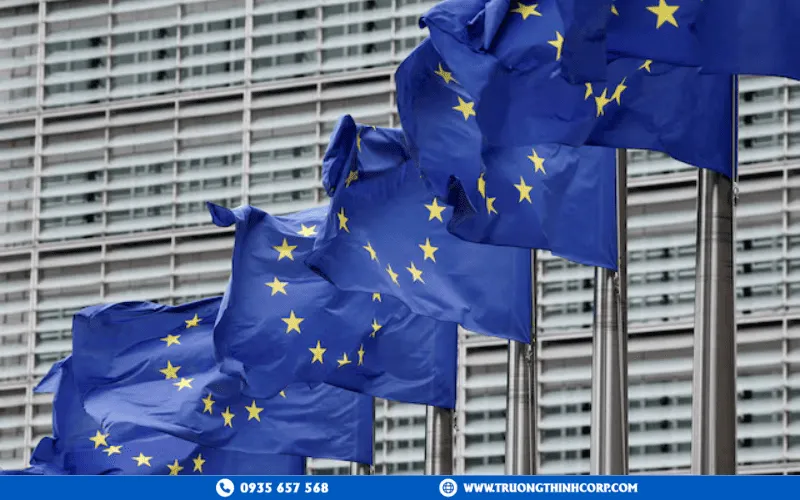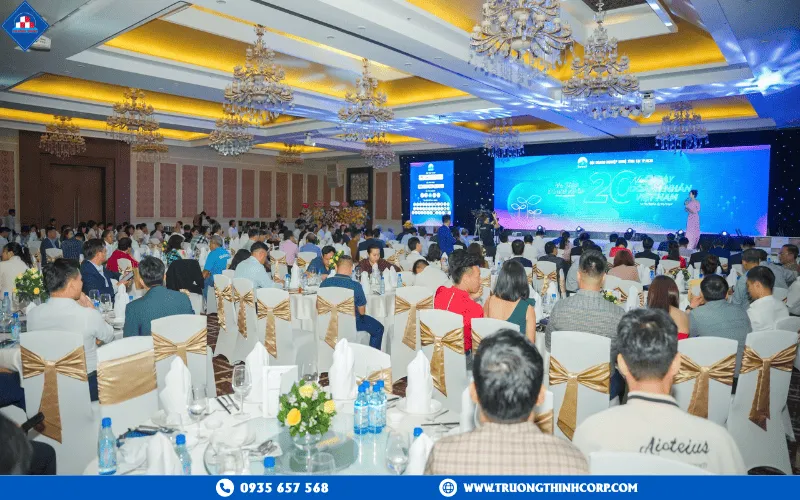EU Proposes to Halve Steel Import Quotas to Protect Domestic Industry

The European Commission (EC) has unveiled a bold trade proposal to cut duty-free steel import quotas into the European Union by nearly 50% compared to 2024 levels, while doubling the out-of-quota import tariff to 50%. The move aims to safeguard the viability of domestic steel production, as EU steel mills are currently operating at only 67% of their total production capacity.
According to Reuters, the EC expects this new measure to raise capacity utilization in the EU steel industry to around 80%, which is considered a sustainable and economically viable level for producers.
Currently, EU steel imports are regulated under a safeguard mechanism that caps imports of 26 product categories, applying a 25% tariff on volumes exceeding those quotas. However, import levels have continued to rise annually despite weakening demand across the bloc. Under World Trade Organization (WTO) rules, these safeguard measures are due to expire by mid-2026, prompting the Commission to propose an alternative solution.

The latest proposal sets a duty-free import quota of 18.3 million metric tons per year, representing a 47% reduction from 2024, and raises the out-of-quota duty rate to 50%—aligning with tariff levels imposed by Canada and the United States, though U.S. tariffs apply from the very first ton imported.
The Commission stated that the new quota volume corresponds to 2013 import levels, marking the onset of global overcapacity issues in the steel sector. Importers will also be required to provide proof of origin for all steel products entering the EU market.
The proposal has been welcomed by European steelmakers, who have long called for stronger protection against low-cost imports, while the United Kingdom has voiced concerns that the move could disrupt cross-border supply chains and escalate trade tensions.
Industry experts view this policy shift as a clear signal of the EU’s determination to fortify its domestic steelmaking base amid intensifying global trade competition. It also reflects the bloc’s broader effort to reshape industrial supply chains and ensure strategic autonomy in heavy manufacturing.
(Source: Reuters – Author: Philip Blenkinsop, October 7, 2025)





